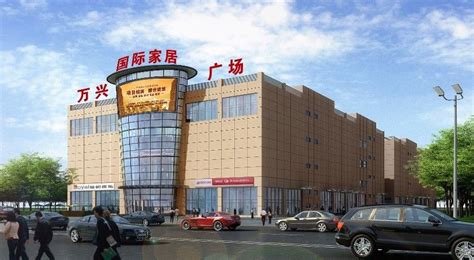虹吸式原理柴火灶
Title: Understanding the Siphon Principle
Introduction to the Siphon Principle
The siphon principle, often referred to as the siphon effect, is a fascinating concept in fluid dynamics. It's a simple yet effective method for transferring liquid from one container to another, relying solely on gravity and atmospheric pressure. Understanding this principle is crucial in various industries, from plumbing and engineering to chemistry and agriculture. Let's delve deeper into how the siphon principle works and its practical applications.

How Does the Siphon Principle Work?
At its core, the siphon principle exploits the imbalance of pressure between two ends of a tube submerged in a liquid. The process involves three key stages:
1.
Initial Priming
: To initiate the siphoning process, the tube must first be filled with the liquid being transferred. This can be achieved by suction or by simply filling the tube entirely with liquid before placing one end into the source container.2.
Gravity and Atmospheric Pressure
: Once primed, gravity comes into play. The liquid in the source container flows down the tube due to gravitational force. As the liquid descends, it creates a partial vacuum behind it, lowering the pressure within the tube.3.
Atmospheric Pressure Equalization
: Atmospheric pressure pushes the liquid up the other end of the tube, into the receiving container. This occurs because the pressure outside the tube is higher than the pressure inside, causing the liquid to rise and continue flowing until equilibrium is reached.Applications of the Siphon Principle
1.
Plumbing
: Siphons are commonly used in plumbing systems to empty or transfer liquids from one place to another. For example, in toilets, the siphon mechanism helps to flush waste from the bowl by quickly removing water.2.
Aquariums and Fish Tanks
: Siphons are essential tools for cleaning aquariums and fish tanks. By using a siphon, one can easily remove debris and excess waste from the bottom of the tank without disturbing the aquatic environment.3.
Chemical Engineering
: The siphon principle is utilized in various chemical processes for transferring liquids between containers or reactors. It's a simple and costeffective method for managing fluids in industrial settings.4.
Agriculture
: Siphons play a crucial role in irrigation systems, helping to distribute water from reservoirs or main pipelines to fields or crops at lower elevations. This method ensures efficient water usage in agricultural practices.Guidelines for Using Siphons Effectively
1.
Ensure Proper Priming
: Adequate priming is essential for the siphon to function correctly. Make sure the tube is completely filled with liquid before initiating the process to avoid air pockets.2.
Maintain a Consistent Gradient
: The effectiveness of a siphon depends on the height differential between the source and receiving containers. Maintain a consistent gradient to ensure continuous flow.3.
Check for Blockages
: Regularly inspect the siphon tube for any obstructions or blockages that may impede the flow of liquid. Clear any debris to maintain optimal performance.4.
Monitor Liquid Levels
: Keep an eye on the liquid levels in both the source and receiving containers to prevent overflow or depletion. Adjust the siphon as needed to maintain balance.Conclusion
The siphon principle is a fundamental concept with widespread applications across various industries. By harnessing the forces of gravity and atmospheric pressure, siphons facilitate the efficient transfer of liquids with minimal energy input. Whether in plumbing systems, chemical processes, or agricultural irrigation, understanding and utilizing the siphon principle can lead to more effective fluid management practices.











